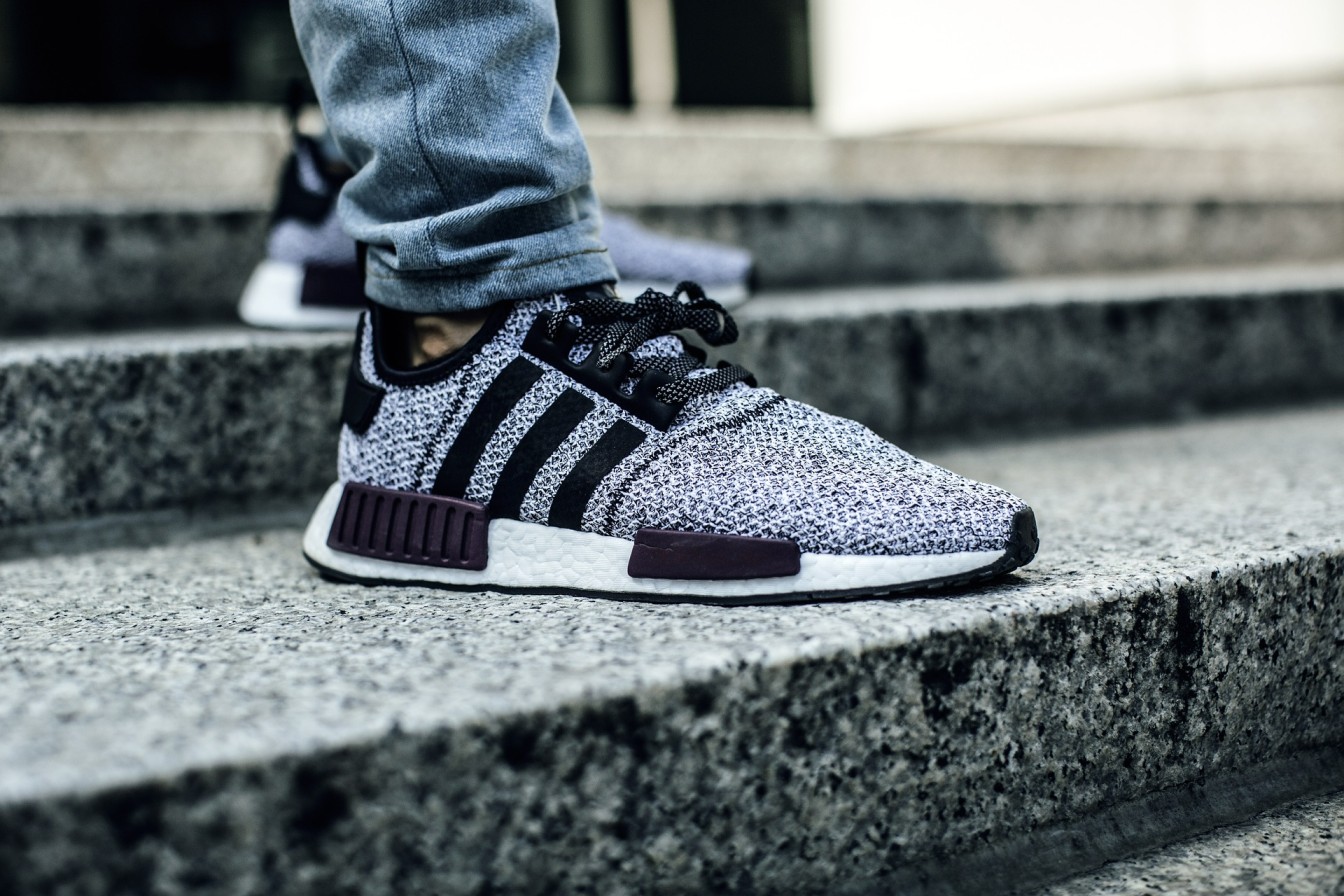
Sneakers: The Ultimate Footwear Revolution
Introduction
Sneakers have evolved from mere athletic footwear to a global fashion statement. Whether you are a sneaker enthusiast, an athlete, or someone looking for a comfortable pair of shoes, sneakers cater to everyone. This blog explores the history, evolution, types, cultural impact, and latest trends in the world of sneakers.
The History of Sneakers
The origins of sneakers date back to the 19th century when people needed comfortable, rubber-soled shoes for sports and leisure activities. The first sneakers, known as “plimsolls,” appeared in the 1830s. However, it wasn’t until the late 1800s that they gained popularity.
The Birth of Modern Sneakers
In 1892, the U.S. Rubber Company introduced the first rubber-soled canvas shoes, leading to the rise of Keds in 1917. Around the same time, Converse released the iconic Chuck Taylor All-Star, solidifying the sneaker culture.
Sneakers in Sports
The 1920s and 1930s saw the rise of brands like Adidas and Puma, which revolutionized sports footwear. Jesse Owens, a legendary American athlete, won four Olympic gold medals in the 1936 Berlin Olympics wearing Adidas sneakers.
The Evolution of Sneakers
Sneakers have undergone a tremendous transformation over the decades, adapting to changing fashion trends, technology, and consumer preferences.
1950s – 1970s: The Casual Wear Revolution
In the 1950s, sneakers transitioned from sportswear to everyday fashion. Teenagers and rebels embraced sneakers, thanks to cultural icons like James Dean. By the 1970s, brands like Nike and Reebok introduced innovative designs, making sneakers a wardrobe staple.
1980s – 1990s: The Rise of Sneaker Culture
The 1980s and 1990s witnessed an explosion in sneaker culture, largely driven by basketball and hip-hop. The launch of Nike Air Jordans in 1985 changed the sneaker industry forever, as fans lined up for hours to buy the latest editions.
2000s – Present: Sneakers as Luxury and High Fashion
In the 21st century, sneakers have become a status symbol, with luxury brands like Balenciaga, Gucci, and Louis Vuitton creating high-end sneakers. Collaborations between sports brands and designers, such as Adidas x Yeezy and Nike x Off-White, have fueled the hype.
Types of Sneakers
1. Athletic Sneakers
Designed for performance, athletic sneakers are essential for running, training, and sports. Popular models include:
- Nike Air Zoom Pegasus (running)
- Adidas Ultraboost (comfort & energy return)
- Puma RS-X (cross-training)
2. Casual Sneakers
Casual sneakers focus on comfort and everyday wear. Some best-selling casual sneakers are:
- Vans Old Skool
- Converse Chuck Taylor
- Nike Air Force 1
3. High-Tops vs. Low-Tops
- High-top sneakers cover the ankle and provide extra support (e.g., Air Jordan 1, Converse Chuck 70).
- Low-top sneakers offer flexibility and lightweight design (e.g., Nike Air Max, Adidas Stan Smith).
4. Designer and Luxury Sneakers
Luxury sneakers have transformed the market, with brands launching expensive, limited-edition collections:
- Balenciaga Triple S
- Gucci Ace Sneakers
- Louis Vuitton Trainer Sneakers
5. Sustainable Sneakers
Sustainability has become a key trend, with brands focusing on eco-friendly materials:
- Adidas Stan Smith Mylo (made from mushroom leather)
- Nike Space Hippie (crafted from recycled materials)
- Allbirds Wool Runners (made from natural wool)
The Cultural Impact of Sneakers
1. Sneakers in Sports
Sneakers are deeply tied to sports culture, with every major athlete endorsing their signature shoe lines. Michael Jordan’s Air Jordans remain one of the most influential sneaker lines in history.
2. Hip-Hop and Sneaker Culture
Rappers like Run-D.M.C. made sneakers mainstream with their hit song “My Adidas.” Today, artists like Travis Scott, Kanye West, and Drake continue to push sneaker culture forward.
3. Streetwear and Sneakers
Sneakers have become the cornerstone of streetwear fashion. Brands like Supreme, Off-White, and BAPE have fueled the sneaker hype through exclusive releases and collaborations.
Sneaker Trends in 2025
1. Retro Revival
Classic sneakers like the Nike Dunk and Adidas Samba are making a massive comeback, proving that vintage never goes out of style.
2. Smart Sneakers
Technology-driven sneakers, such as self-lacing Nike Adapt BB, are shaping the future of footwear.
3. Customization
Brands now offer personalized sneakers, allowing users to customize colors, materials, and designs.
How to Style Sneakers
1. Casual Look
Pair classic white sneakers with jeans and a t-shirt for an effortless everyday look.
2. Sporty Outfit
Combine running sneakers with joggers and a hoodie for an athleisure vibe.
3. High-Fashion Sneakers
Luxury sneakers pair well with tailored suits for a bold statement.
Tips for Buying Sneakers
- Know Your Size: Always measure your foot before purchasing.
- Check Authenticity: Beware of fake sneakers; buy from authorized dealers.
- Consider Comfort: Choose sneakers with good cushioning and support.
Conclusion
Sneakers are more than just shoes; they represent identity, culture, and innovation. Whether you wear them for performance, fashion, or collecting, sneakers will continue to dominate the world of footwear for years to come.